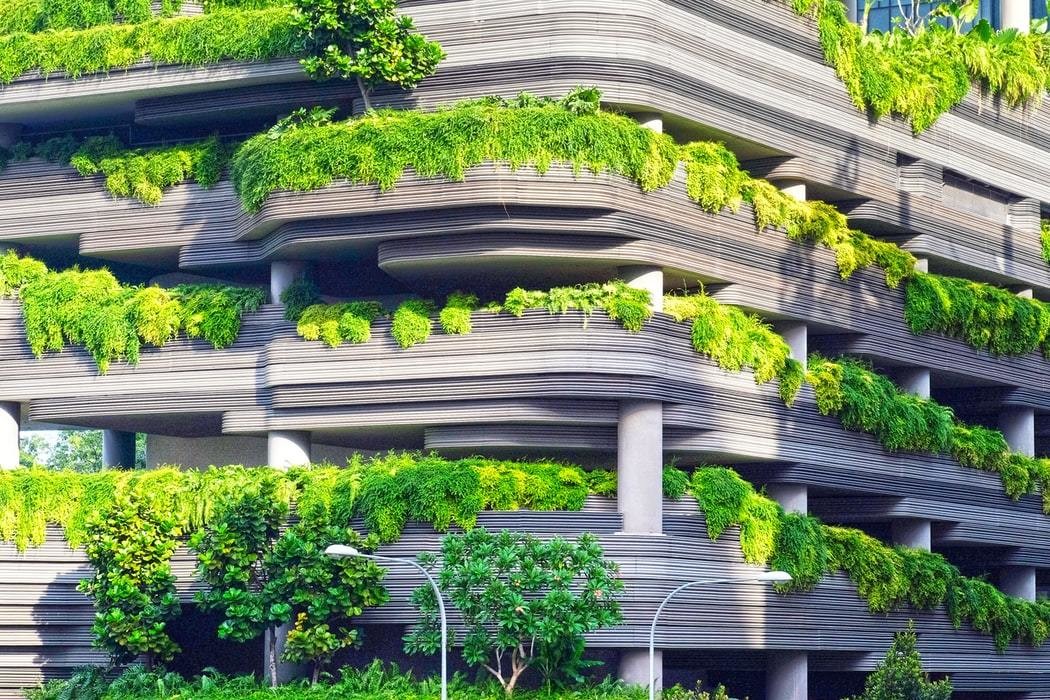Sustainable urban planning plays a crucial role in creating eco-friendly communities, fostering responsible development, and promoting environmental stewardship within urban environments. Through the integration of sustainable design principles, green infrastructure, and community-oriented approaches, urban planners and architects can contribute to the creation of vibrant, resilient, and environmentally conscious communities. Let’s explore the key strategies and principles that underpin sustainable urban planning and the impact of these approaches in creating eco-friendly neighborhoods.
Compact, Mixed-Use Development:
Sustainable urban planning encourages compact, mixed-use development that promotes walkability, reduces urban sprawl, and minimizes reliance on automobiles. By concentrating residential, commercial, and public spaces within accessible proximity, urban planners foster vibrant, pedestrian-friendly communities that support a more sustainable and active lifestyle.

Green Building and Infrastructure:
The integration of green building standards, energy-efficient technologies, and sustainable infrastructure principles is fundamental to eco-friendly urban planning. By emphasizing green design strategies, such as energy-efficient buildings, passive solar design, green roofs, and renewable energy systems, planners can reduce carbon footprints, minimize energy consumption, and enhance the overall sustainability of urban developments.
Public Transportation and Mobility:
Sustainable urban planning places a strong emphasis on providing ample public transportation options, cycling infrastructure, and pedestrian-friendly designs. Prioritizing accessible and efficient public transit systems reduces reliance on private vehicles, mitigates congestion, and improves air quality, contributing to a more sustainable and equitable urban mobility framework.
Green Space and Biodiversity:
Eco-friendly communities incorporate ample green spaces, urban parks, and natural habitats that promote biodiversity, improve air quality, and provide recreational opportunities. Urban planners can prioritize the preservation of natural areas and the creation of urban green corridors that enhance ecological resilience and provide a range of social and environmental benefits.
Water Management and Conservation:
Sustainable urban planning integrates stormwater management solutions, water-efficient landscaping, and sustainable water conservation practices. By implementing green infrastructure, such as rain gardens, permeable surfaces, and water reuse systems, planners can reduce the impact of urban stormwater runoff and enhance water quality while preserving natural hydrological systems.
Community Engagement and Social Equity:
In eco-friendly communities, urban planners emphasize community engagement, social equity, and inclusivity in the planning and design process. By fostering meaningful participation and collaboration with residents, planners can ensure that the voices of diverse communities are heard, and that development priorities align with the needs and aspirations of the local population.
Adaptive Reuse and Brownfield Redevelopment:
Sustainable urban planning encourages adaptive reuse of existing structures and brownfield redevelopment to minimize land consumption and promote the revitalization of underutilized areas. By repurposing abandoned industrial sites, obsolete infrastructure, and blighted properties, planners can create sustainable, mixed-use developments that integrate ecological restoration with community revitalization.
Resilience and Climate Adaptation:
Sustainable urban planning incorporates measures to address climate change impacts, enhance resilience to natural hazards, and future-proof urban development. By integrating climate-responsive design, disaster-resistant infrastructure, and nature-based solutions, planners can create eco-friendly communities that are better equipped to withstand environmental challenges and support long-term sustainability.
Conclusion
In conclusion, sustainable urban planning is a crucial framework for creating eco-friendly communities that promote environmental responsibility, social well-being, and economic prosperity. By embracing sustainable design principles, green infrastructure, and community-oriented approaches, urban planners and architects can contribute to the development of livable, resilient, and environmentally conscious neighborhoods that benefit current and future generations.
